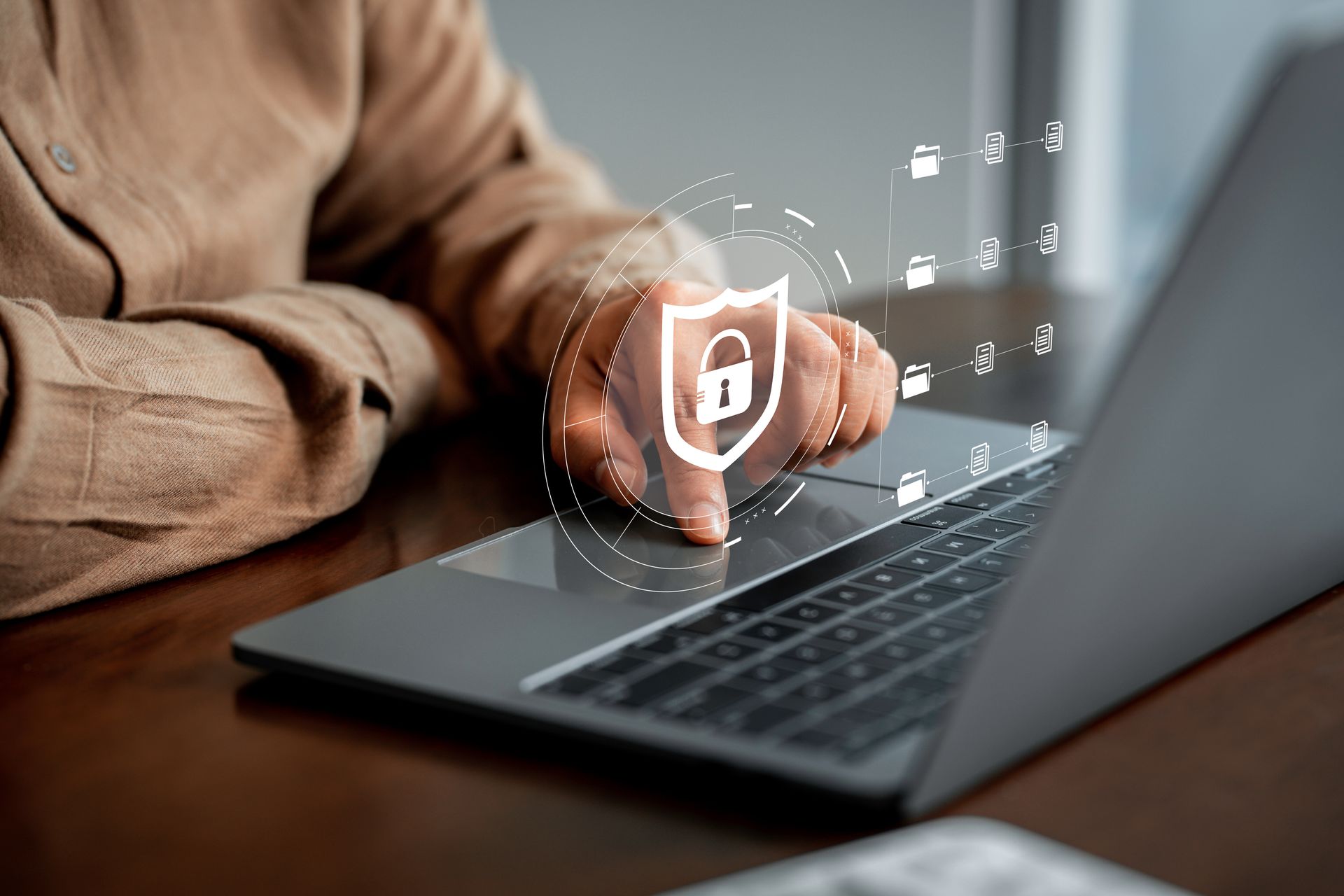Top Travel Security Tips That Will Protect Your Information

This post was originally posted on May 8, 2018 and has been updated to share additional information.
Whether you’re traveling for work or pleasure, you will probably be traveling with an electronic device such as your phone or laptop. With that said, it is important to take the proper travel IT security steps to ensure your sensitive information remains safe. Stuff happens when we’re traveling, and that’s just life. One of the worst things that can happen in the age of cell-phone addiction that we live in is being out of town and losing your phone, iPad or laptop. If your luck is like most people’s, it will probably happen about four hours before you are supposed to board the plane to come home. In addition, it is also noted, those who travel can become targeted by cyber criminals which is why it is important to make sure your personal information is secure when traveling. Having a security strategy in place before you travel is ideal.
Here are some helpful travel IT security tips to follow in order to stay safe:
1. Backup Your Data
Before you leave, make sure you backup your data. This way if you get separated from your devices such as your phone, laptop or tablet, you can still have access to your information. You will want to backup your data with a cloud storage service so you can access this information easily wherever you will be traveling to and from.
2. Set-up a Passcode
Everyone’s phone or tablet typically has a passcode today – if yours doesn’t, set one right away. You can usually change the options within your settings to allow a passcode that permits letters and numbers, which is even better. Take your phone and computer security a step further and enable two-factor authentication on your devices. Check out our past blog post on two-factor authentication to learn more about this process.
3. Use Encryption To Keep Devices Secure
If you travel with your laptop, it’s a good idea to encrypt the hard drive. This is not a hard process with modern operating systems, and it’s not invasive to you – typically, it just requires you to enter a password immediately when booting the computer. The most common place that laptops are lost is at the airport – part of the whole “never leave your bags unattended” announcements. Many laptop cases look identical, and it’s very common that person A accidentally grabs person B’s laptop. Other times, it gets put down by the food-court table while you get your drink, and when you come back it’s gone. An ounce of prevention and forethought will ease the pain (and problems!) if this ever happens to you.
4. Take Precaution When Using Public Wi-Fi
It may seem convenient when traveling to use a free Wi-Fi service, but please know you must be very careful. A free Wi-Fi service most likely will not be secure which can put your sensitive data at risk while traveling. Using an unsecure Wi-Fi network is a large cyber security risk. This opens up a wide range of opportunity for cybercriminals to gain access and hack your system. If you need to access sensitive information, make sure you are using a website that is up to date and the website is using HTTPS protocol. Another helpful tip, as you get settled into your hotel, check with a hotel employee to see how secure their Wi-Fi network is before accessing the Web on your devices. As security professionals, we know it’s tempting to hop right onto your social media accounts once you have a free moment, however, it’s worth taking the extra step to make sure you’re on a secure network.
5. Add Antivirus Protection and Keep Your Operating Systems Up To Date
If you haven’t already, a good rule of thumb for travel security is to install an antivirus protection software to each of your devices. This is one of the best ways and easiest ways to keep your devices safe from cyber attacks while traveling. You’ll want to make sure to keep all updates current for your antivirus software. This will keep your devices secure. In addition, you will want to make sure your operating system is up to date as this will also allow you to have the most optimal cyber security for your devices while traveling. Make sure to do these update before you leave since they may take time. Additionally, allow extra time for updates in case you run into any software issues that need to be taken care of before you leave for your travel destination.
NEW! 6. Turn off Bluetooth
Having your bluetooth turned on while traveling can also put you at a security risk. A local cyber criminal could have the ability to hack into your portable device and steal your personal information thru your bluetooth signal. The best way to protect yourself from this type of attack is to turn off your bluetooth while traveling.
NEW! 7. Don’t auto-connect to Wi-Fi
As we discussed above it’s important to take precaution when using public Wi-Fi. As it is nice to be able to auto-connect to Wi-Fi, before you set out to your travel destination it is advisable to change this setting. Instead of auto-connecting, set this feature to manual on your portable device. This way you will be in control of when your device is connecting to Wi-Fi.
*******
Taking the extra time to add proper travel IT security measures to your devices can be life-saving! It’s important to keep your data just as secure when you are traveling for business or on a personal vacation as you would when you are at home or in the workplace. Cyber security should be implemented 24/7 as a cyber attack can strike at any given time. Please give us a call if you have any questions about the security of your company’s devices before taking your next business trip.
The post Top Travel Security Tips That Will Protect Your Information appeared first on SDTEK | San Diego, CA.


